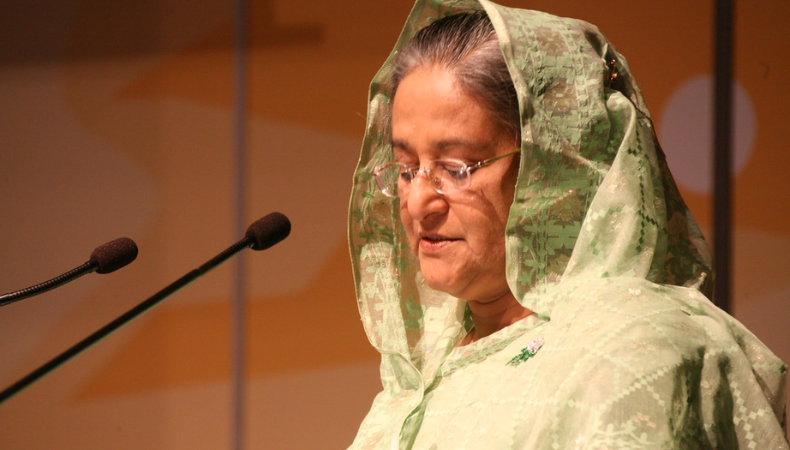Sheikh Hasina Resigns Amid Protests in Bangladesh

Following weeks of violent and fatal demonstrations, long-serving Prime Minister of Bangladesh Sheikh Hasina resigned and left the nation on Monday. Originally student-led protests against government employment targets, what started out as a smaller movement seeking her resignation soon grew more general. Two Indian government officials later that evening verified the 76-year-old leader left Dhaka in a military aircraft landed at Hindon airstrip close to Delhi.
Response of Indian Government
According Tuesday’s report from India’s foreign ministry, Hasina chose to resign after conferring with Bangladesh’s security force chiefs. While Bangladeshi officials concurrently sought flight approval, she asked permission to enter India on short notice. Based on most recent data, Hasina is still in India.
Political Upheaval in Bangladesh
Bangladesh President Mohammed Shahabuddin dismissed the parliament on Tuesday after Hasina resigned, therefore enabling an interim government. He also ordered the long-time political foe Hasina’s Bangladesh Nationalist Party (BNP) chairman Begum Khaleda Zia to be released from home arrest.
Function of student demonstrations
Students Against Discrimination was the group driving the demonstrations that resulted in Hasina’s resignation. These protests first concentrated on changing the government job quota system, but after the Supreme Court reversed most of the quotas on July 21 they acquired impetus. Then demonstrators insisted on a public apology from Hasina, restoration of internet access, opening of educational institutions, and release of those taken prisoner during the demonstrations. The demonstrations had turned into a nationwide movement calling for Hasina’s resignation by the weekend.
Advocates Interim Government Leadership
Nobel Peace winner Muhammad Yunus has been demanded by student leaders to be the main chief adviser of the temporary administration. This demand demonstrates their need for a credible and uniting person to lead the nation during this critical phase.
Motives for the Protests
Hasina’s government bears responsibility for the violence during the July protests according to protestors. Human rights organizations and critics have charged the government of employing too much force against demonstrators; this charge Hasina’s government has disputed. At first, Hasina’s government said that rather than the students, Islamist party Jamaat-e-Islami and the BNP were behind the violence. But with Sunday’s further bloodshed, Hasina characterized the offenders as “terrorists” meant to cause upheaval of the country.
Origin of the Job-Quota Protests
After the High Court restored a quota system favoring families of veterans from Bangladesh’s fight of independence, reversing a 2018 decision by Hasina’s government to eliminate it, the job-quota demonstrations started in June. While the Supreme Court ultimately revoked the High Court ruling and mandated that 93% of employment should be based on merit, the debate stoked great resentment among students dealing with high unemployment rates. Out of a nation of 170 million, around 32 million young people in Bangladesh are either unemployed or in education, which fuels resentment over little private sector job options.
Keep On Reading
Money Problems
Once among the fastest-growing economies in the world because to its thriving apparel industry, Bangladesh’s has stalled. With inflation hovering over 10% annually and declining foreign currency reserves, the general economic malaise and popular discontent are resulting.
Hasina’s divisive election triumph
Hasina kept control in a divisive January election that the BNP boycuted. Claiming that 10 million party workers were on the run and citing around 25,000 detained during lethal anti-government demonstrations on October 28, the BNP accused Hasina’s Awami League of planning fraudulent elections. Hasina then blamed the BNP for starting the demonstrations that shook Dhaka before the election and caused at least ten deaths.
Final Thought
The political scene of Bangladesh marks a major change with the resignation and departure of Sheikh Hasina. Navigating the road forward will depend critically on the establishment of an interim administration and the leadership of people like Muhammad Yunus as the nation works through the aftermath of weeks of upheaval. As Bangladesh moves into this new phase, the wider consequences for its democracy and social stability are yet unknown.







